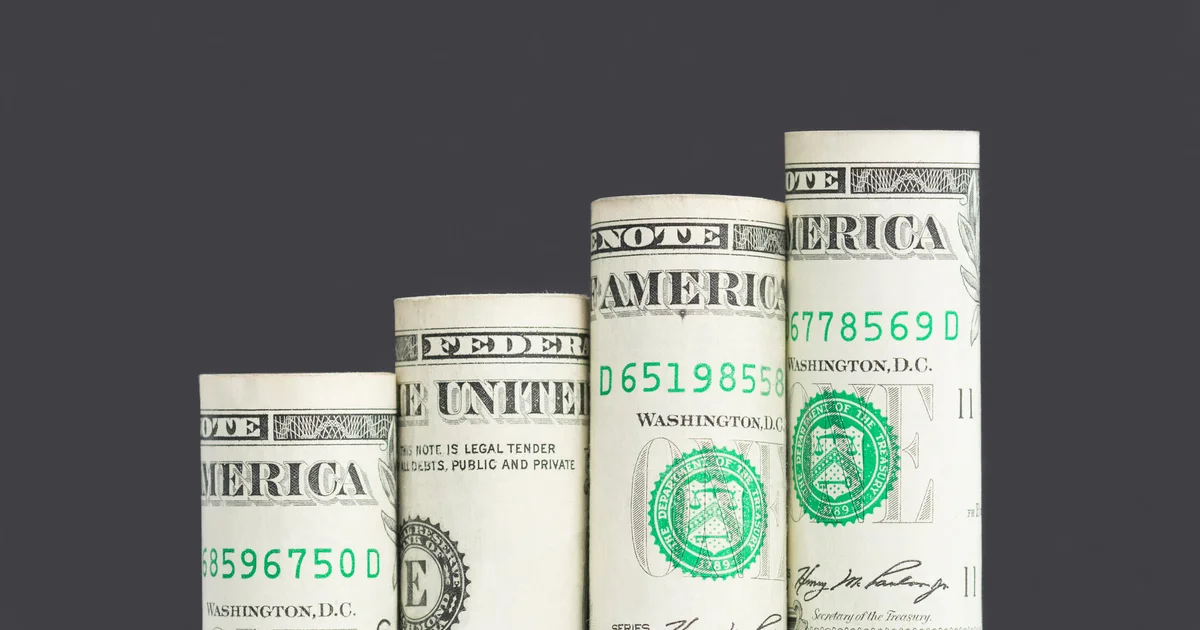Copyright CBS News

American household debt has officially hit another all-time high, and the numbers behind it paint a troubling picture. According to the Federal Reserve Bank of New York's latest Household Debt and Credit Report, the total household debt nationwide climbed to $18.59 trillion in the third quarter of 2025, rising by $197 billion from the previous quarter. But while mortgages make up the bulk of that staggering total, it's actually the smaller, high-rate debts that are putting the most pressure on household budgets. Credit card balances, for example, surged to $1.23 trillion in Q3 2025, rising by $24 billion in just three months and ticking up by nearly 6% compared to a year ago. On paper, that may seem modest, especially compared to mortgage debt, but the cost difference is staggering. With credit card APRs now topping 22% on average, Americans are paying exponentially more to carry those balances, with millions of cardholders paying hundreds or even thousands of dollars in extra interest each year. And the strain is starting to show: About 4.5% of all outstanding debt is now in some stage of delinquency, the highest share since before the pandemic. For millions of households, the pressure of high-rate debt is becoming unsustainable. The good news? With the right strategy, you can start lowering your balances and rebuilding stability sooner than you think. Take advantage of the debt relief help available to you now. How to tackle your high-rate debt now If you're carrying credit card debt in today's rate environment, standing still isn't a strategy. Here's what you should consider doing instead to get rid of your high-rate debt : Get breathing room back with a balance transfer The first move worth considering is transferring your credit card balances to a card offering a 0% introductory APR period on balance transfers. By doing so, you'll get some much-needed breathing room by removing interest from the equation. These offers, which typically last between 12 to 21 months, essentially allow you to hit pause on interest charges, meaning that every dollar of your payment goes to the actual balance. That can help you expedite the repayment process and make it more affordable to tackle your debt, but you'll want to do the math to make sure the balance transfer fees, which usually range from 3% to 5%, are worth it. And, you should also make sure that you can realistically pay off the balance before that promotional period ends. Otherwise, you'll end up paying interest on the remaining balance at the new card rate once your offer expires. Speak to a debt relief expert about the options waiting for you today. Lower your interest charges by consolidating For those with multiple high-rate debts, a debt consolidation loan might make more sense. By consolidating your debt into one lower-rate loan, whether that's a debt consolidation-specific loan, a personal loan or another type of loan, you'll streamline the repayment process for several debt obligations while vastly reducing the interest charges. The benefits of having just one payment instead of juggling several can't be overstated. And, if you can secure a loan with a rate in the single digits or low teens, you'll save substantially on interest while establishing a clear finish line for when you'll be debt-free. Take steps to better manage your debt Enrolling in a debt management program through a credit counseling agency provides another possible path forward. These programs help you create a personalized repayment plan that fits your finances, and the credit counselor you work with will try to negotiate with your creditors to reduce your interest rates and fees, making it more affordable to pay off what's owed. This process also consolidates your payments into one monthly amount, and if you stay the course, you'll typically pay off the debt in three to five years. While you'll need to close those credit card accounts, the trade-off is worth it for many borrowers, especially those who need structure and lower rates to make real progress. Try to settle your balances for less Debt settlement, also known as credit card debt forgiveness, is a more drastic option that typically comes into play when you're already behind on payments and traditional repayment strategies aren't realistic. This approach involves negotiating with creditors, either on your own or with the help of a debt relief company, to try and settle for less than what you owe. While the outcome can vary, this approach reduces borrowers' balances by 30% to 50% on average. However, the consequences are serious: Your credit score takes a major hit, you may face tax implications and there's no guarantee creditors will even agree to settle. Debt relief companies also charge fees for their services, so it's important to factor that expense in, and you'll need to have a lump sum ready to offer creditors. Still, this path makes sense for many people, especially those facing potential bankruptcy. The bottom line Millions of borrowers are dealing with high-rate debt issues right now, as evidenced by the uptick in debt during the third quarter of this year. But if you're dealing with high‐rate debt right now, you don't need to wait for a crisis before you act. Get clear on what you owe, pick a path you can stick with and start taking steps to tackle your debt issues now. The sooner you start chipping away at what's owed, the less interest you'll surrender and the stronger your financial foundation will be.



